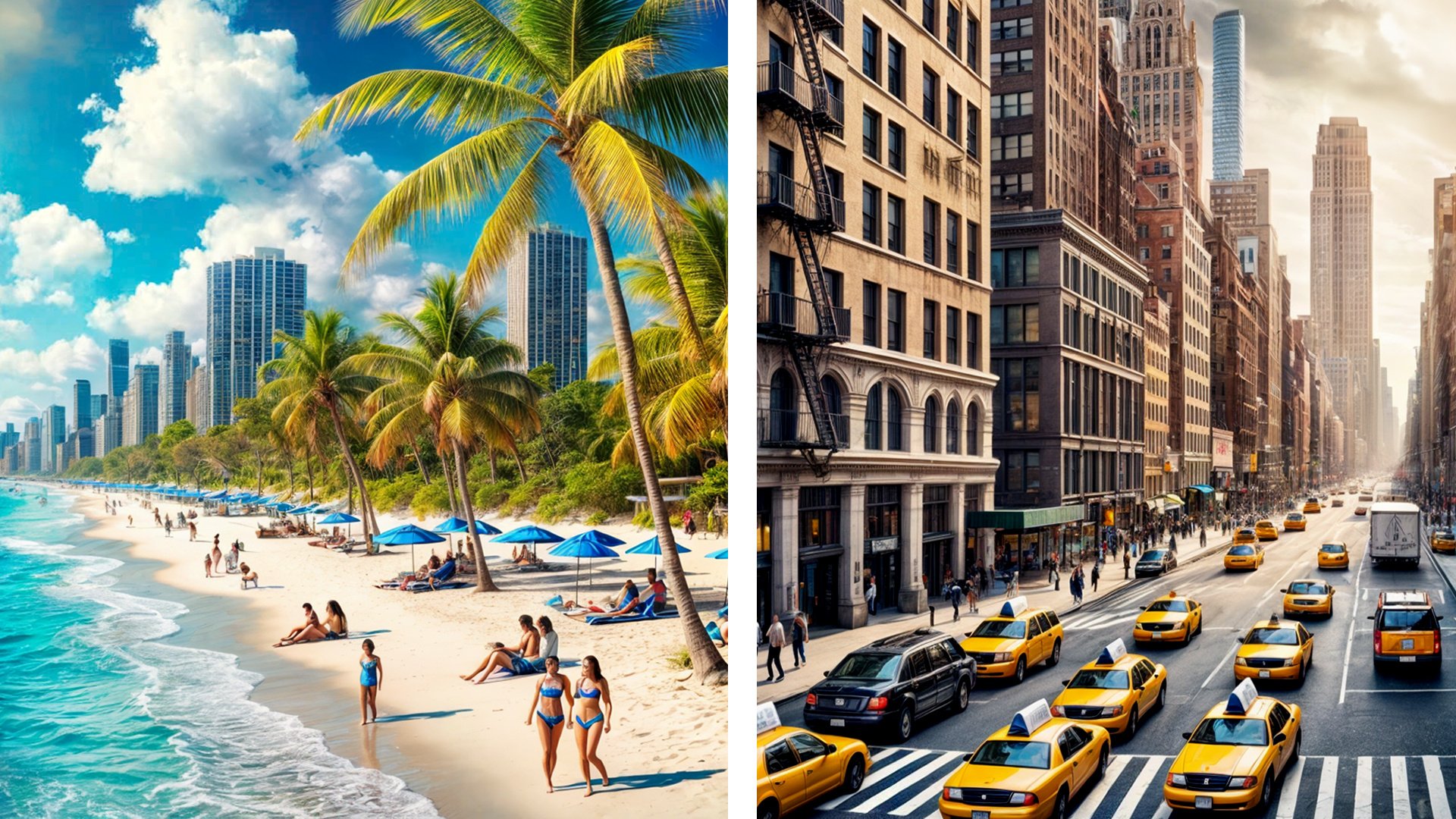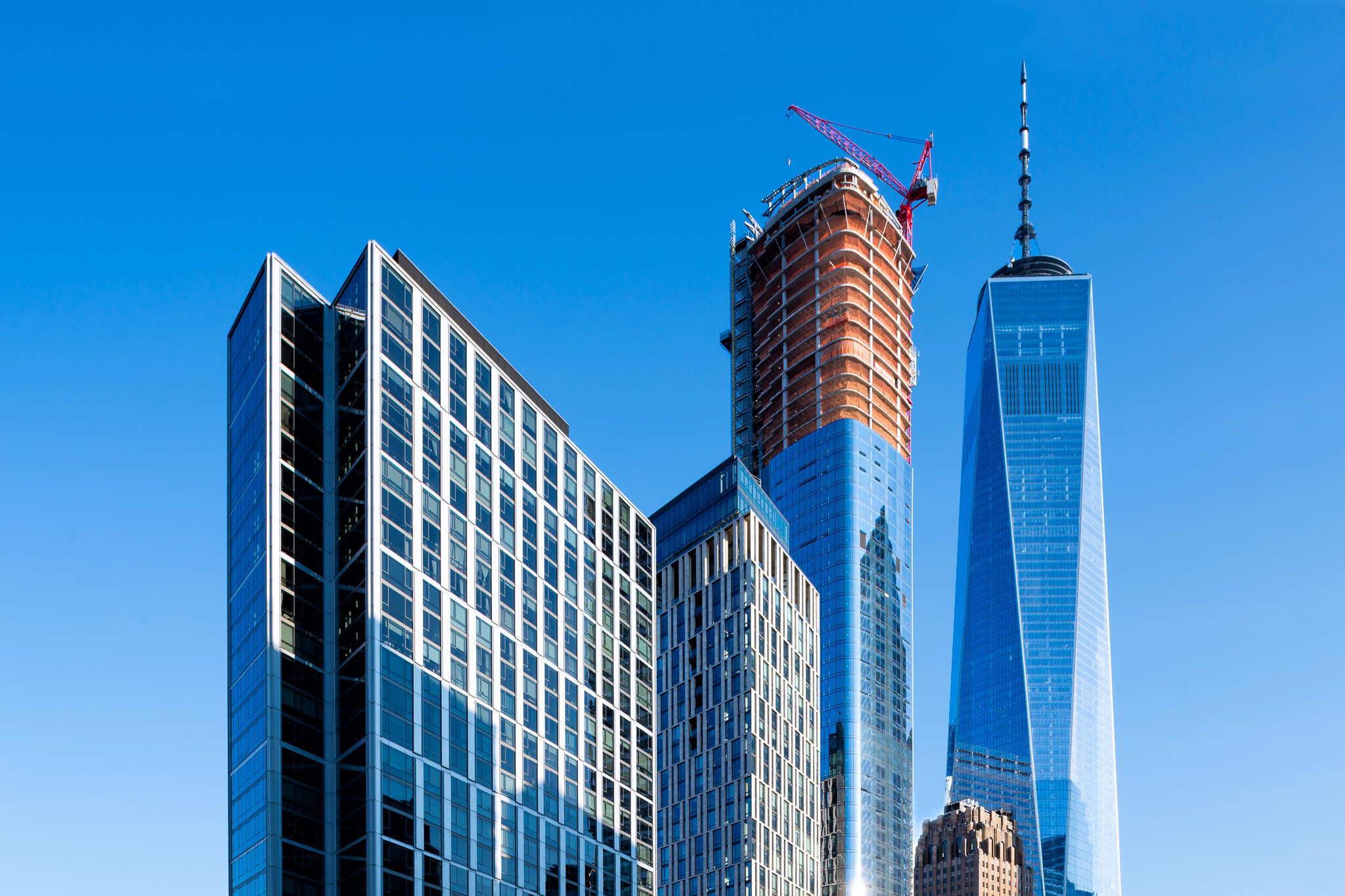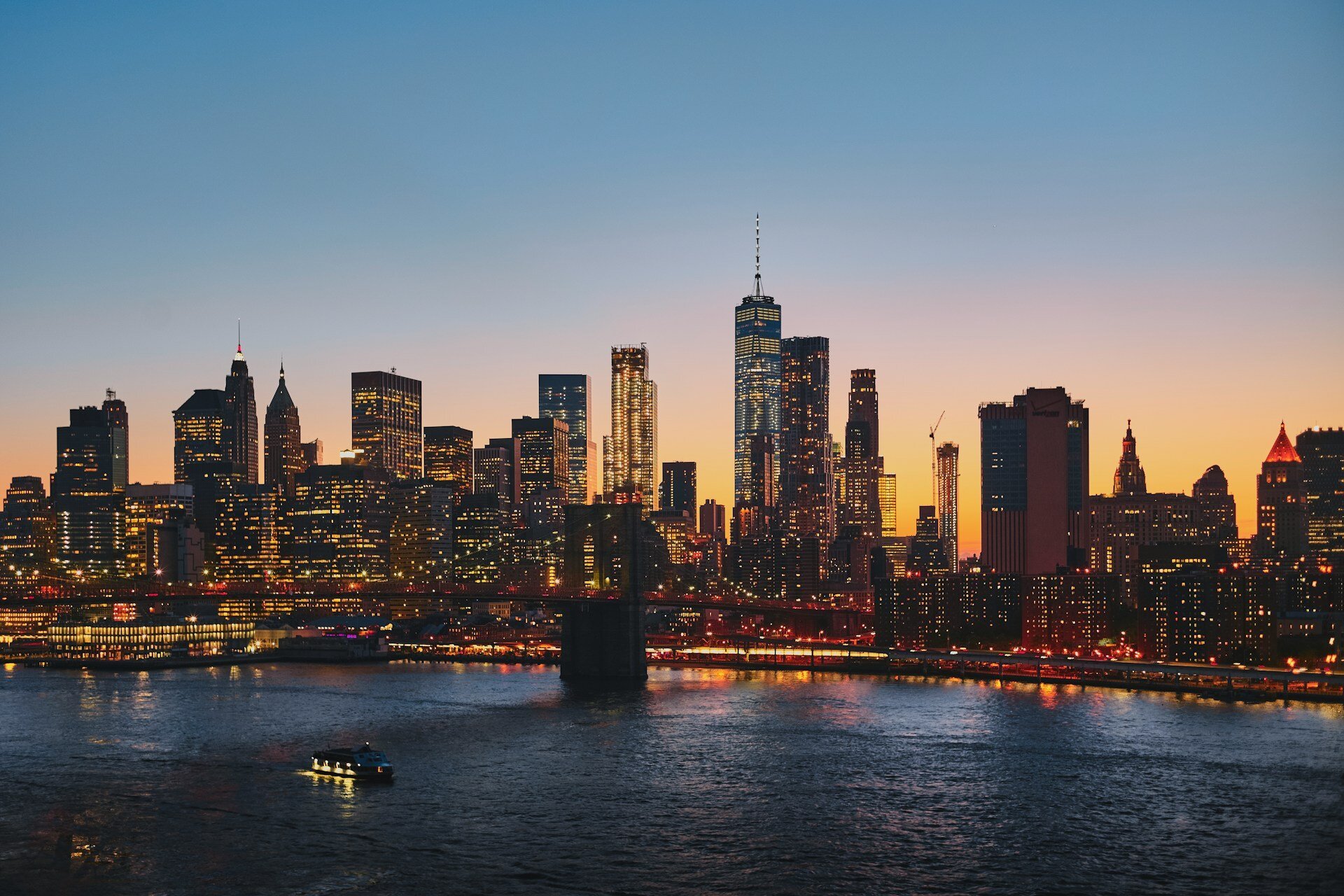Why New Development Is the Fast Fashion of Real Estate
New luxury developments have forever changed the New York City skyline, replacing the 19th-century Gothic revival architecture with modern high rises adorned with steel and glass. While these new apartment buildings in NYC certainly look stunning and often come with attractive features catering to the modern, professional lifestyle, there is an argument that they are nothing more than architecture's version of fast fashion.
Like fast fashion, many new condo developments in NYC look sleek and cool but simply don't last the test of time. In fact, there are countless examples of new luxury buildings that are dealing with serious structural issues, leading to countless lawsuits and headaches for homeowners.
Also like fast fashion, it's all about marketing a luxury lifestyle so developers can get the highest price possible, regardless of whether the property is actually built well from the inside out. So while there's nothing wrong with buying new construction in NYC, be aware that just because a home is expensive, doesn’t mean it’s a good long-term investment.
The Rise of New Luxury Developments in NYC
While luxury real estate has existed for centuries, there has been an uptick in the development of ultra-luxury new construction homes in NYC within the last 10 to 20 years. Following the 2008 recession, affluent investors, including many foreign buyers, were searching for ways to make large returns on hard assets like real estate and were willing to make big bets on large residential properties.
So developers began planning increasingly extravagant projects with modern finishes and better features to cater to this demand. The 2010s saw the completion of dozens of new buildings in NYC's skyline, especially in ultra-wealthy pockets like Manhattan's Billionaire's Row.
However, a shift in global economic conditions and new tax laws have slowed interest from many foreign investors and cash buyers. As a result, many of NYC's new developments remain half-empty or occupied by absentee owners simply looking for a place to park their cash.
This trend has also led to many new developments that aren't designed with the average homeowner in mind - they're simply vehicles to attract investment from cash buyers. Many new construction buildings in NYC are being equipped with all the fancy bells and whistles needed to justify such a hefty price tag. However, many buyers who actually plan on living in the buildings find that they are not getting what they paid for. On the surface, these developments look spectacular, with great locations, spectacular views, and modern finishes. However, like fast fashion, the quality diminishes the minute you make a purchase.
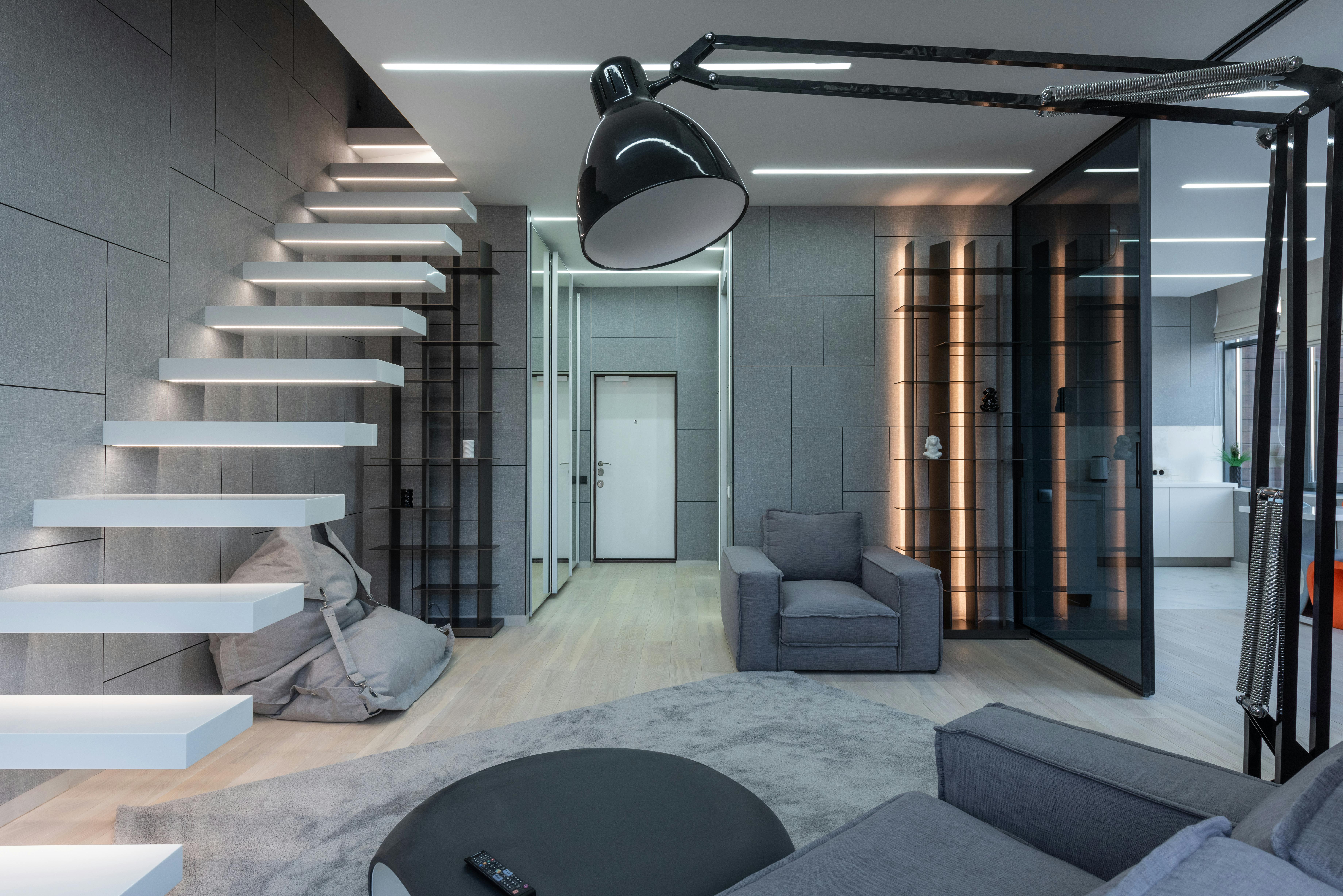
Examples of New Buildings in NYC with Structural Problems
Even some of the best new developments in NYC are showing signs of this profit-over-quality phenomenon. Here are a few examples of new construction in New York City that has consistently failed to meet buyer's expectations.
1 Seaport
1 Seaport is a 670-foot-tall condo tower on Maiden Lane in Manhattan's Financial District. With breathtaking views of the East River, all glass construction, and private yacht rentals for condo owners, 1 Seaport was supposed to offer the pinnacle of luxury, and homes in the building ranged in price from $1.2 to $20 million.
Except for one problem; the building leans three inches to the north! The dirt beneath the soil shifted during construction, causing the foundation to tilt slightly. According to a 2019 lawsuit, the building's former contractor claims the tilt was caused by negligence on the part of the developer, who ignored a recommendation to install structural supports into the soil and instead went with a cheaper alternative that quickly backfired.
No one wants to spend upward of a million dollars to live in a building that may one day fall into the River. So many buyers have backed out as lawsuits and construction halts continue to delay the completion of the development.
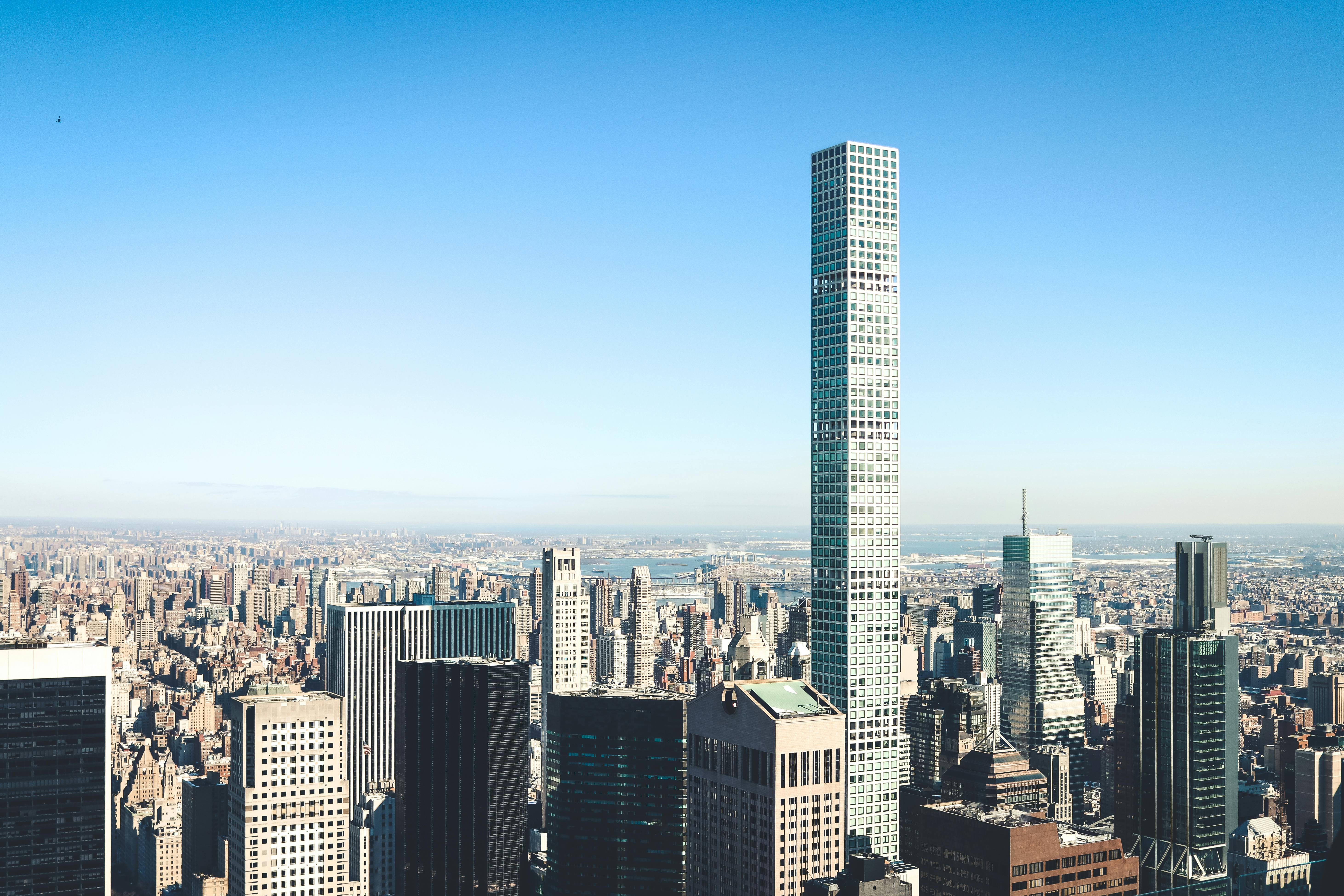
432 Park Avenue
432 Park Avenue is another example of NYC's new construction that did not live up to its sales pitch. The 1,400-foot tall skyscraper is located on Park Ave and 57th Street in Midtown East, within the area known as Billionaire's Row. The median unit price in the building is in the 10's of millions of dollars, making it one of the most expensive addresses in the world. It's one of the newest tall buildings in NYC and the third-highest residential building in the world. However, its slender and simplistic design has faced a lot of criticism and mechanical issues have led to constant complaints from residents.
According to a report by the New York Times, homeowners have consistently reported water damage from plumbing and mechanical problems, faulty elevators, and walls that creak and sway in the wind. A resident elected to the condo board stated in a letter to other homeowners that the building's insurance costs increased by 300% in two years, mainly due to water-related incidents that cost the development nearly $10 million. As a result, the condo board commissioned an inspection of the building that uncovered 1500 significant structural issues, leading the board to file a lawsuit against the developers.
Hero LIC
Hero LIC is a 22-story condo building in Long Island City that has also failed to live up to buyer expectations. Hero was supposed to offer upscale accommodations with high ceilings, Spanish Oak cabinetry, and on-site amenities like a yoga studio, fitness center, roof deck, and zen garden. But the reality for residents was much different.
The on-site gym was shut down for months due to repeated leaks. Multiple apartments were left without working bathroom exhaust fans, and both elevators remained consistently broken, forcing some residents to walk up 20+ flights of stairs. Some of the common areas remained incomplete after residents had already moved in, and the "zen garden" was nothing more than a patch of dirt covered in weeds and trash.
“We bought luxury," one resident told the New York Times, "We didn't get luxury. We just didn't."
11 Greene Street
11 Greene is a new rental building in NYC's Soho neighborhood offering rents that range from about $10,000 to $18,000 per month. However, despite the exorbitant prices, according to the same report in the New York Times, residents have consistently complained about leaks, mechanical problems, and pest infestations.
Water damage in the building has been an ongoing issue, and moisture from bad plumbing has leaked into the air vents, causing dark spots on the ceilings of many apartments. The heat frequently goes out in the middle of winter, forcing residents to use space heaters to keep themselves from freezing.
One elevator has never worked, and the one that does reportedly features a revolting stench, likely caused by rotting garbage from the basement. Tenants have also complained about an infestation of flies attracted by garbage left over in the ground-floor retail space. So, 11 Greene Street has not exactly lived up to its promise of luxury living.
The Premium Decay Phenomenon
Another way that new high-rise construction in NYC compares to fast fashion is the premium decay phenomenon. This phenomenon demonstrates that the premium associated with many of NYC's new buildings quickly diminishes as the building ages.
New construction homes have always commanded a premium compared to those that have previously been lived in. However, over the past decade, the difference between new and resale condos has increased dramatically as new apartment developments in NYC have become increasingly more luxurious and expensive.
In 2007, the average price per square foot of a new-development condo in Manhattan was $1,168 versus $1,068 for a resale, a difference of about 8%. Fifteen years later, in 2022, the average price per square foot for new development shot up to $2,070, compared to $1445 for a resale—a 43% difference.
The only issue is that the premium doesn't last. It stays intact for about 5 years, then gradually begins to decline by about 10-15%. After about 15 years, the premium may decrease by as much as 30%.
This phenomenon doesn't necessarily impact the property value, and the home can still appreciate in value. However, the trend is more likely to be in line with the resale market than other new developments. So, if you're thinking of buying in a new development in NYC, be aware of this phenomenon and keep your expectations about the resale value realistic.
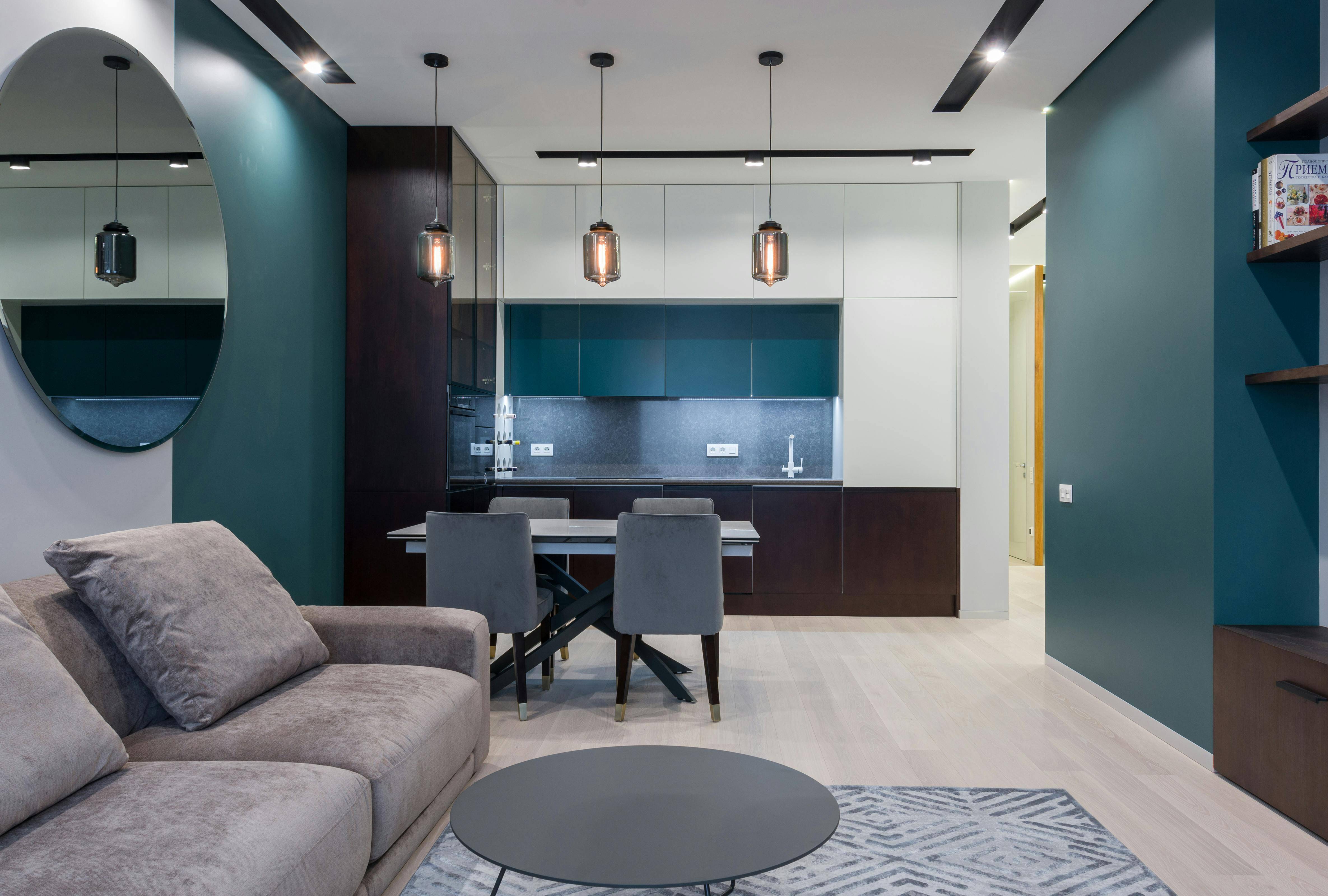
What You Should Know About New Developments in NYC
So does that mean you should completely steer clear of new construction and only look at older homes? Not necessarily.
There are plenty of great new developments in NYC that are both luxurious and structurally sound. But not everything that glitters is gold, and it's important to be aware that just because a building is expensive doesn't automatically mean the quality of the construction matches the price.
Undivided Founder Mukul Lalchandani says, "Don't get caught up by the look of a building and think it's fine to pay top dollar just because it looks cool. You have to see what's underneath to see if it will be a solid build and whether you will be buying a lemon or something that will stand the test of time."
So bottom line, you will still need to do the proper due diligence and carefully inspect the property to ensure it is structurally sound. Don't be fooled by deceptive marketing or a fancy address. You should still do the proper research to ensure the property is well-constructed and you're making a sound investment.
Need help finding a new build that won’t make you regret your purchase? Join our NewBuildClubTM and we will gladly show you all the best homes currently on the market. We use cutting-edge marketing techniques and best-in-class systems to find only the top new construction homes from trusted developers. Reach out to our team today for more information.
